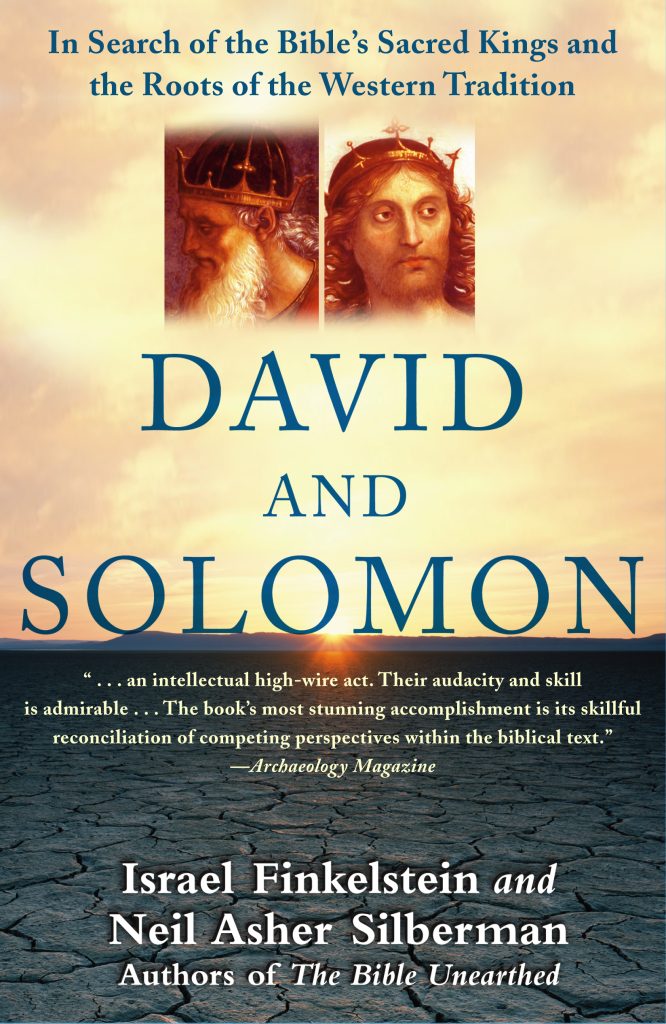The book ‘David and Solomon’ by Israel Finkelstein is a book that is a part of a larger debate about one of the greatest disputes among biblical scholars. In other words, it is about the period when kings ruled Israel. And more generally the historicity of the Bible. It is possible to define two loose schools of thought regarding these areas: biblical minimalism and maximalism; depending on whether the Bible is considered to be a non-historical, religious document or not.
The book tries to search for the historical David and Solomon and utilize the tools of archaeology and history to trace the evolution of their biblical images through the millennia. Step by step the book suggests a reconstruction of a complex historical process by which the figures of David and Solomon became the focus of a complex and adaptable foundation legend that began in ancient Judah and ultimately spread throughout the western world.
The Last Hours of Jesus by Ralph Gorman
David and Solomon by Israel Finkelstein: New Interpretations On Things Past
In Finkelstein’s opinion, the biblical account of the days of David and Solomon is multilayered. He accepts the founders of the House of David dynasty as historical figures from the 10th century BCE. And he also believes that David’s account of seizing kingship may contain ancient memories of his activities as leader of outlaws (the famous Habiru). In other words, a group of raiders operating on the southern fringes of Judea. However, he sees the description of the great United Kingdom as an ideological structure that represents the tendencies of late-seventh-century BCE authors; especially the all-Jewish ideology of Josiah King of Judah. In his view, historically David and Solomon ruled a small territory in the southern mountain range. That is to say a territory not very different from that of Jerusalem in the Late Bronze Age.


